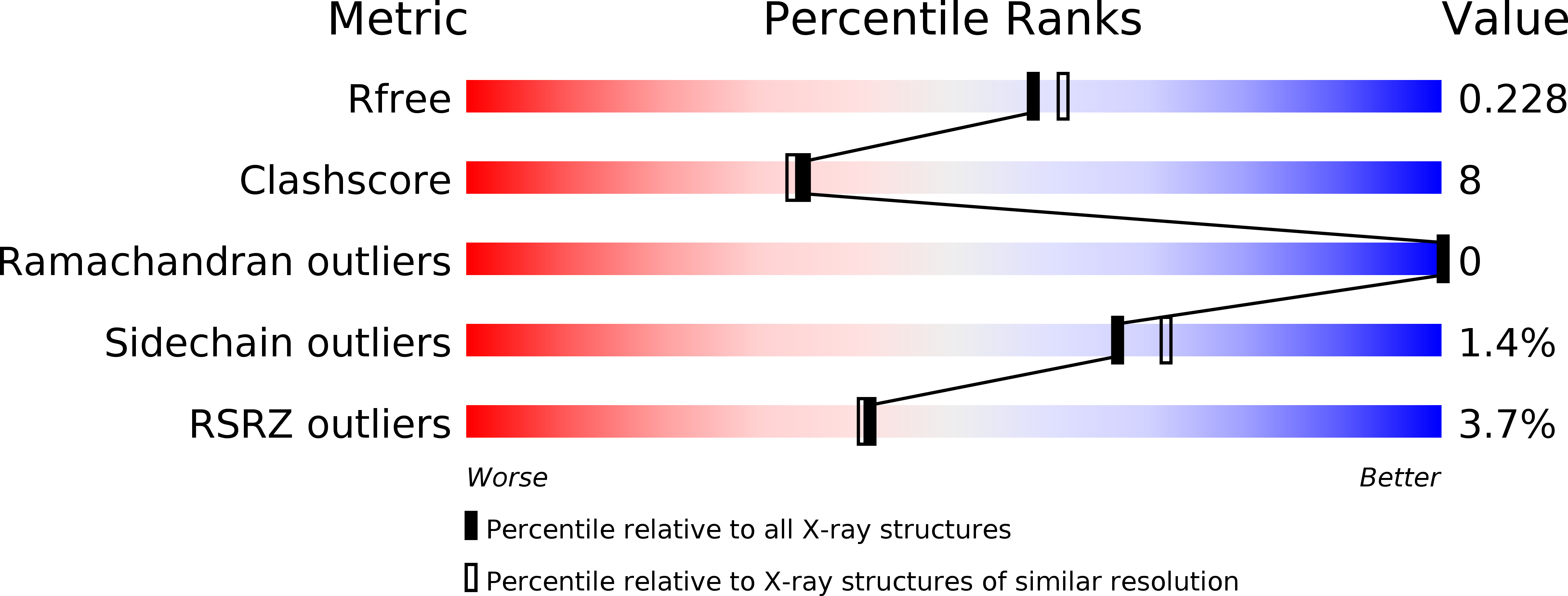
Deposition Date
2011-01-20
Release Date
2011-06-15
Last Version Date
2024-10-16
Entry Detail
PDB ID:
3QEK
Keywords:
Title:
Crystal structure of amino terminal domain of the NMDA receptor subunit GluN1
Biological Source:
Source Organism:
Xenopus laevis (Taxon ID: 8355)
Host Organism:
Method Details:
Experimental Method:
Resolution:
2.00 Å
R-Value Free:
0.22
R-Value Work:
0.19
R-Value Observed:
0.19
Space Group:
P 21 21 21


